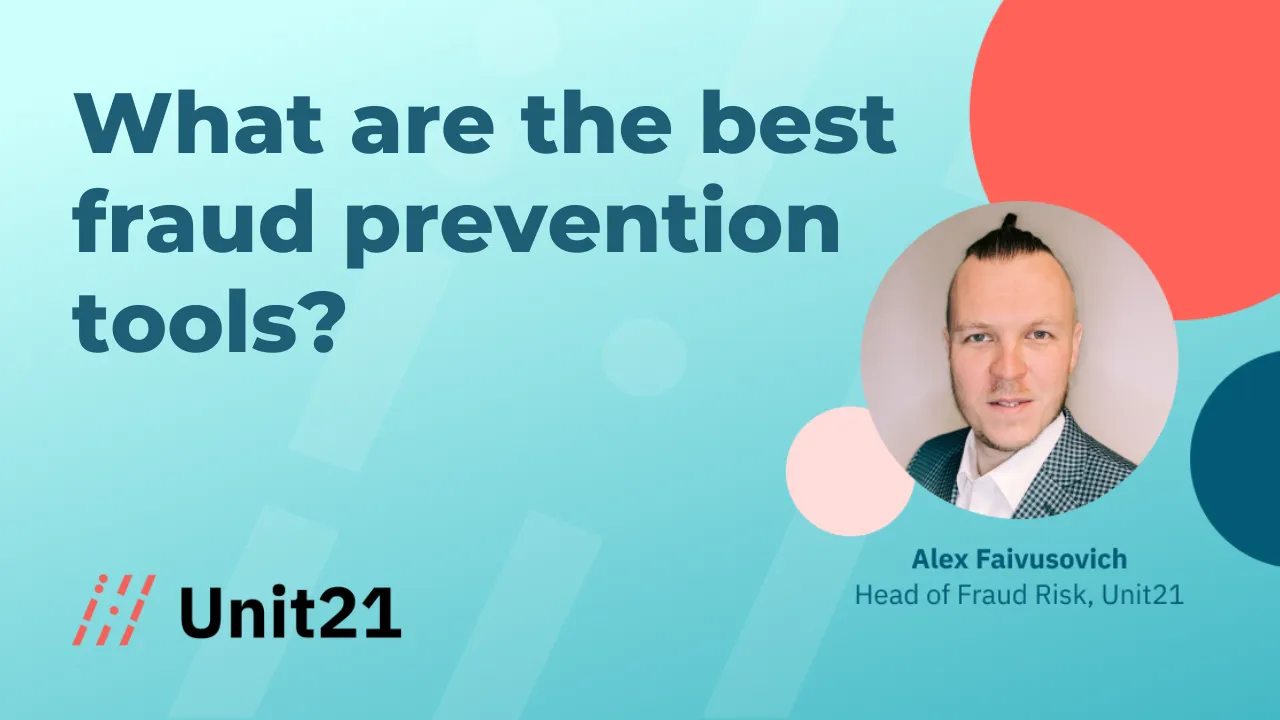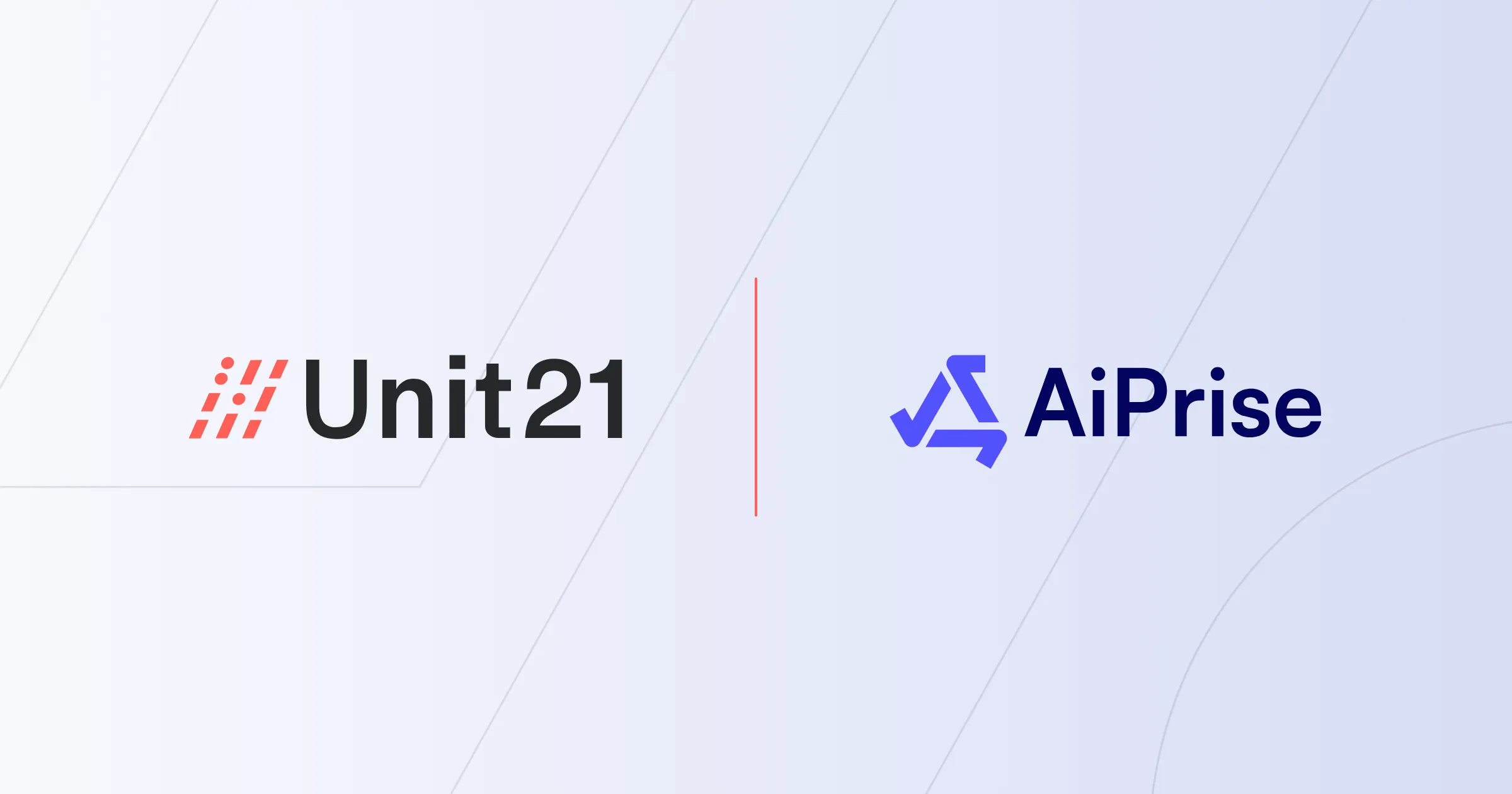

Compiling Your Fraud Prevention Tech Stack
If you want to have a good fraud tech stack, you should start with a strong identity verification vendor.
Identity Verification
Try to look for vendors that give you more than a black box with a score. Go with the vendor that gives you more insights into why a certain score is being generated, and what the different risks associated with different elements of the PII are.
Ideally, your identity verification vendor should also have robust capabilities to perform that verification. In today's landscape, we have this new emerging threat of deepfakes. As a result, many vendors are starting to implement liveness checks for document verification. There's no longer just a selfie picture. They will require the customer to make a short video, and the algorithm that's analyzing those videos and those selfies is becoming more sophisticated.
Transaction Monitoring
The next thing is going to be the transaction monitoring piece. And here, I believe when you look for a transaction monitoring tool, flexibility is the answer. For a tool to be good, you need to be able to understand what you can achieve with the rules engine.
This means looking at how adaptable the engine is, what type of scenarios you can create, how fast you can create those scenarios, and how easy is to validate those scenarios.
It would be best if you also found a tool that empowers both the fraud analytics team and the fraud operations team. This is critical because if you find a new fraud problem, it must be simple for your team to think about what rule to create and then execute on building and testing that rule, and then how easy for you to go live and train the operational team how to address each of the new rules.
Also, from the operational perspective, ideally, you would want to have a transaction monitoring tool that can aggregate all the different data sources that you rely on.
This will help to streamline your operational work as you will have the agents working on one system and not hopping between four or five different windows, depends on how many different vendors you have.
On top of this, there are a lot of different vendors today that provide significant insights on particular things like e-mail or devices, for example. Again, if this is a use case for you, try to look for those. But I think having a holistic approach to fraud analytics for operations is very important. Have everything in one place, and it will be beneficial down the line."
Looking for more insights? Check out our second session of Fraud Office Hours on-demand for a deeper dive into current fraud trends and which preventative measures to consider.
Subscribe to our Blog!
Please fill out the form below:




.webp)
.png)
